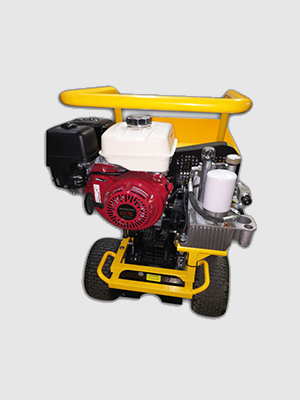
Spray fireproofing suggests spraying any substance in a way that covers a particular surface effectively in order to supply it with fire resistance. The trade name for Spray Applied Fireproofing is Sprayed Fire-Resistive Product (SFRM). It is used as part of a building's passive fireproofing method. Spray applied fireproofing has thermal and acoustical homes and controls condensation. However, its main usage is in insulating steel and metal decking from the heats discovered throughout a fire. Spray used fireproofing can be sprayed onto steel to insulate it from the heat of a fire, thus conserving lives by offering adequate time for individuals to get out of the structure. The material can be cement based or fiber based considering that both materials have UL screening to make sure security. Sprayed fireproofing can be utilized for various products like wood, fabric, structural steel and more. They do this by thermally insulating the structural members to keep them listed below the temperatures that trigger failure. It has been understood for nearly a a century that structural steel fails rapidly when heated up by fire. A brief time later, building codes started to require security of the structural steel in fire-resistive buildings and ranked the levels of protection as it did fire department walls (one-hour, two-hour, and so on). The earliest forms of security were to encase the steel columns and beams in terra-cotta (baked clay tile), concrete, or masonry. Later on, gypsum plaster used to wire lath was used, to reduce the weight of the fire defense. Several layers of plaster drywall board were also utilized to decrease the labor needed for installation. This approach is still in use today.
When using a fireproof finish to structures, Browse this site it is important for the product to dry within a specific quantity of time. While some fireproofing sprays contain chemical accelerators to speed hardening, they still produce a substantial amount of wetness during the application procedure. Incidentally, the fire-resistant product may be more difficult to dry than drywall or cement. Without the right ambient conditions or building and construction drying services, a professional might face hold-ups and inadvertently develop safety threats. Sprayed Fireproofing Process
The specific qualities of each material, the manner in which they are ready and applied all impact the fire-resistive qualities of SFRM material. Among the most critical aspects for a properly installed SFRM is its applied density. Adequate insulation is readily available to mitigate the passage of heat from a fire to the structure being secured only if appropriate SFRM density is guaranteed.